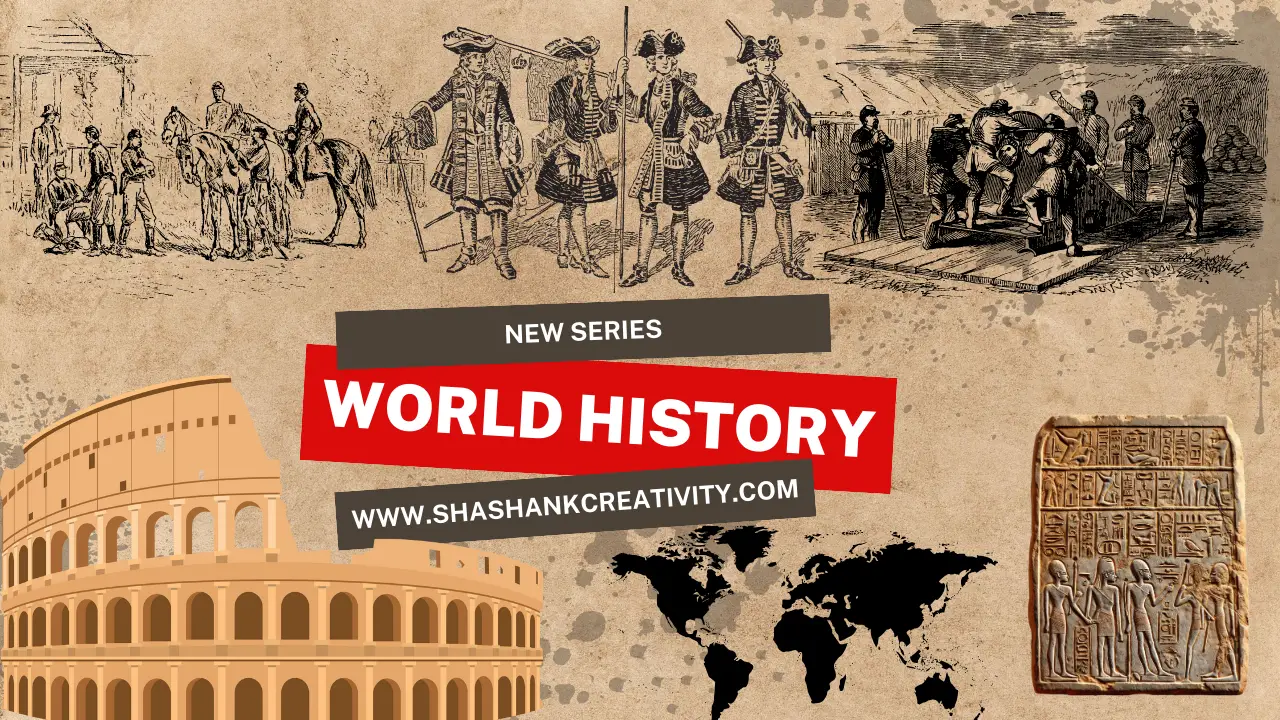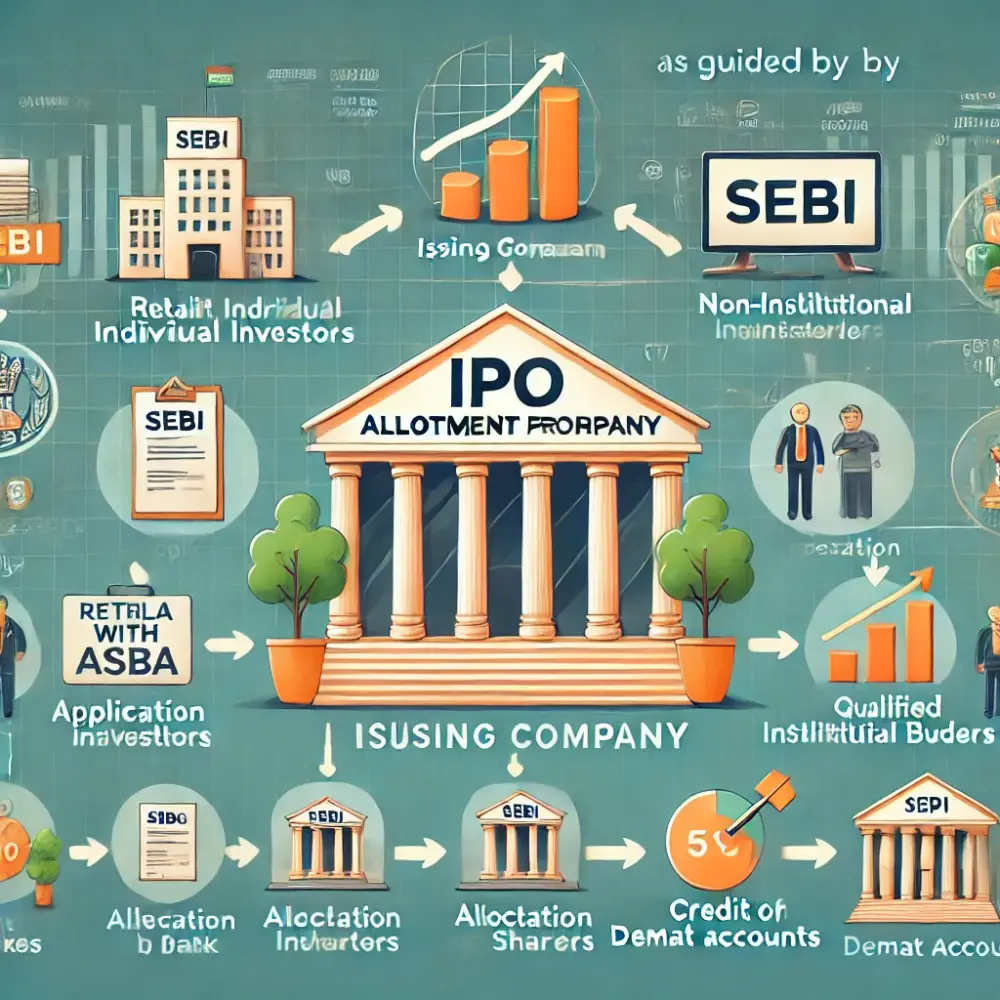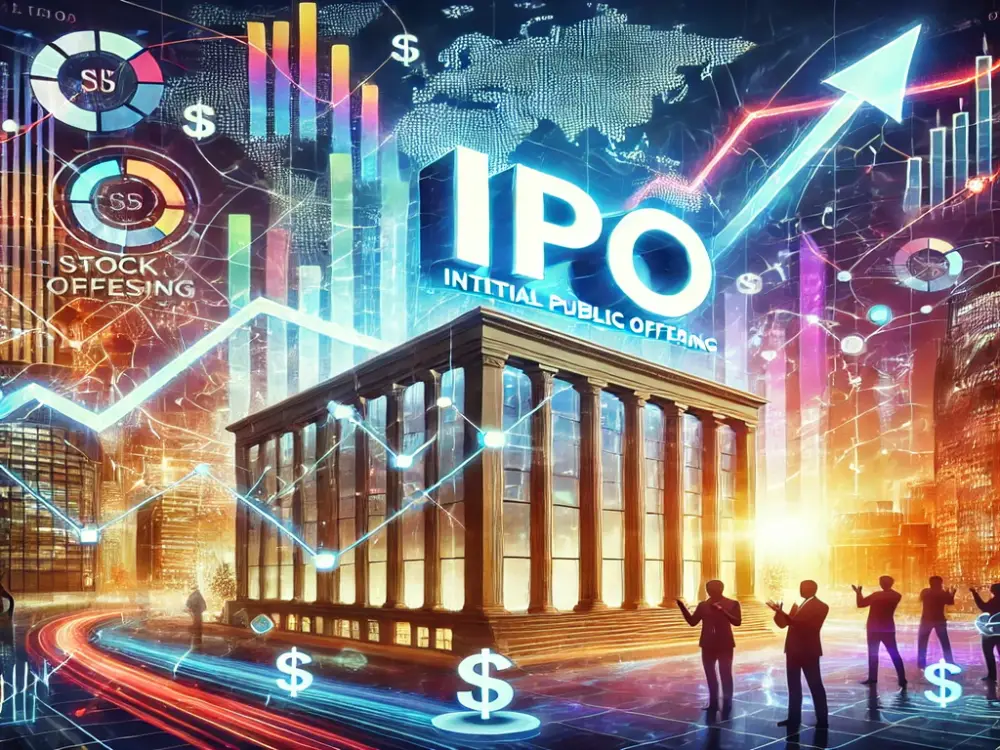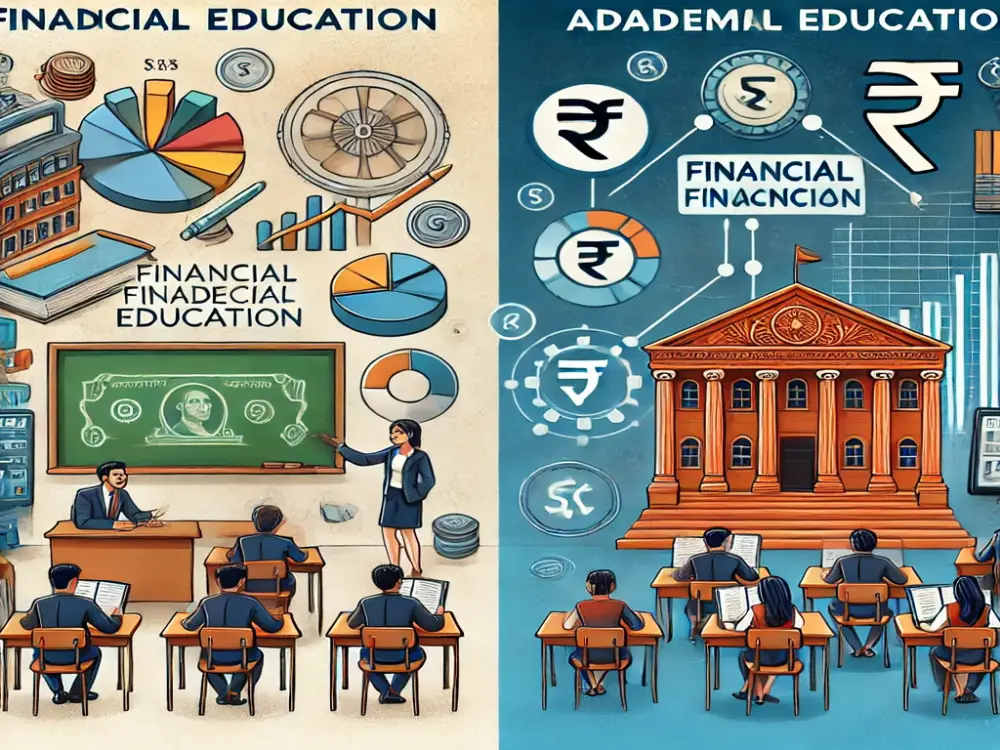Journey of Singapore! From poor nation to highest per-capita GDP

Journey of Singapore! From poor nation to highest per-capita GDP
Introduction
Singapore is a small island nation with a population of just over 5 million people. However, despite its size, Singapore has become one of the most developed countries in the world. In just 25 years, Singapore has transformed from a poor, developing country to a global economic powerhouse. This rapid development is due to a number of factors, including strong leadership, sound economic policies, and a focus on education.
The Early Years: 1965-1979
In 1965, Singapore gained independence from Malaysia. At the time, the country was a small, resource-poor island with a population of just over 1 million people. The economy was in shambles, and the government was faced with a number of challenges.
However, under the leadership of Prime Minister Lee Kuan Yew, Singapore quickly began to transform itself into a developed country. The government focused on building up the country's infrastructure, attracting foreign investment, and developing a strong education system. By the 1970s, Singapore had become a major economic hub in Southeast Asia.
The 1980s: The Start of Rapid Development
The 1980s was a decade of rapid development for Singapore. The economy grew at an average annual rate of 8.8%, and the country's per capita income more than doubled. This growth was driven by a number of factors, including the government's focus on industrialization, the expansion of the manufacturing sector, and the development of Singapore's financial services industry.
In 1981, the government launched the Second Industrial Revolution, which aimed to transform Singapore from a low-cost manufacturing base to a high-tech center. The government invested heavily in education and training, and it encouraged foreign investment in high-tech industries. As a result, Singapore's manufacturing sector grew rapidly, and the country became a major exporter of electronics, chemicals, and machinery.
The financial services industry also grew rapidly during the 1980s. In 1986, the government established the Singapore International Monetary Exchange (SIMEX), which became one of the world's leading financial exchanges. The development of SIMEX helped to attract foreign investment to Singapore, and it contributed to the growth of the country's financial services industry.
The 1980s was a decade of significant progress for Singapore. The country's economy grew rapidly, and the per capita income more than doubled. The government's focus on industrialization, the expansion of the manufacturing sector, and the development of Singapore's financial services industry all contributed to this growth.
The 1990s: The Asian Financial Crisis and Recovery
The 1990s were a decade of great change for Singapore. The country continued to develop rapidly, and by the end of the decade, it had become one of the most developed countries in the world. However, the decade was also marked by the Asian Financial Crisis, which had a significant impact on Singapore's economy.
The Asian Financial Crisis began in 1997, and it quickly spread to Singapore. The crisis caused a sharp decline in the value of the Singapore dollar, and it also led to a decline in investment and economic growth. The government responded to the crisis by implementing a number of measures to support the economy, including providing financial assistance to businesses and individuals.
Despite the challenges of the Asian Financial Crisis, Singapore's economy recovered relatively quickly. By the end of the decade, the country had returned to its previous level of growth. The recovery was due in part to the government's swift and effective response to the crisis, and it also reflected the strength of Singapore's economy.
The 1990s were a decade of great change for Singapore. The country continued to develop rapidly, and it also faced and overcame the challenges of the Asian Financial Crisis. The decade laid the foundation for Singapore's continued success in the 2000s and beyond.
The 2000s: The Global Financial Crisis and Recovery
The 2000s saw Singapore continue its rapid development, with the economy growing at an average annual rate of 5.5%. However, the global financial crisis of 2008-2009 hit Singapore hard, causing the economy to contract by 0.8% in 2009. The government responded quickly and decisively to the crisis, implementing a series of measures to support the economy and help businesses recover. These measures included fiscal stimulus, monetary easing, and financial assistance to businesses. As a result of these measures, the economy recovered quickly and began to grow again in 2010.
The 2010s: The Digital Age and Beyond
The 2010s saw Singapore continue to evolve as a developed country, with a strong focus on the digital economy. In 2014, the government launched the Smart Nation initiative, which aims to make Singapore a "global leader in urban innovation" by leveraging technology to improve the lives of its citizens. The initiative has since been expanded to include a number of other areas, such as healthcare, education, and transportation.
In 2015, Singapore also launched the National Research Foundation (NRF), which is tasked with developing and commercializing new technologies. The NRF has since invested over \$10 billion in research and development, and has helped to establish Singapore as a hub for innovation in a number of fields, including biomedical sciences, artificial intelligence, and robotics.
The 2010s also saw Singapore continue to grow its economy and improve its living standards. The country's GDP grew by an average of 3.6% per year during the decade, and its per capita GDP reached \$60,000 in 2019. Singapore also ranked first in the World Bank's Ease of Doing Business Index for the ninth consecutive year in 2020.
Overall, the 2010s were a period of continued growth and development for Singapore. The country has cemented its position as a global leader in the digital economy, and has made significant progress in a number of other areas, such as healthcare, education, and transportation.




